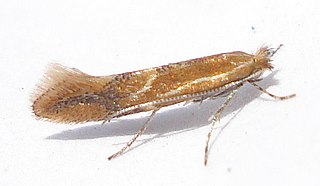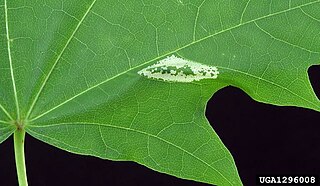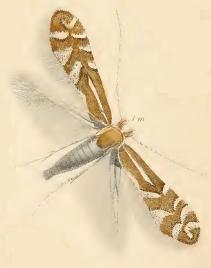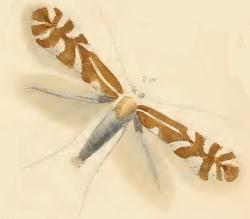
Acaciella angustissima is most recognized for its drought tolerance and its ability to be used as a green manure and ground covering. It is a perennial, deciduous, and belongs to the family Fabaceae (beans/legumes) and as it grows it starts as a shrub but eventually matures to a small tree. The tree has a high density of leaves along with small clumps of white flowers and creates 4–7 cm long seed pods. Acaciella angustissima is found in tropical areas around the equator since, its water needs can vary from 750 to 2,500 mm a year. It has an advantage it can withstand a moderate drought, since its leaves are retained even in long dry periods. Aside from being drought tolerant, Acaciella angustissima also has the benefit of being a green manure, since it has such a high leaf density, but also loses the majority of its leaves each season. So the leaves can be used in composting or can be saved and used as livestock feed. It should only be used as an additive to the feed and not the main source, since it also toxic in high doses.
Ulmus × hollandicavar.insularum was recognized as a biometrically distinct population of U. × hollandica endemic to all the Channel Islands and the Cotentin peninsula of France by Richens and Jeffers in 1975. The tree had been treated within U. montana (:glabra) until McClintock correctly assigned it to U. × hollandica.

Acaciella is a Neotropical genus of flowering plants in the legume family, Fabaceae, and its subfamily Mimosoideae. Its centre of diversity is along the Mexican Pacific coast. They are unarmed, have no extrafloral nectaries and the polyads of their pollen are 8-celled. Though its numerous free stamens is typical of Acacia s.l., it has several characteristics in common with genus Piptadenia. Its pollen and free amino acids resemble that of Senegalia. Molecular studies place it sister to a monophyletic clade comprising elements of genus Acacia, and the tribe Ingeae. A nectary ring is present between the stamens and ovary, in common with Acacia subg. Aculeiferum.

Phyllonorycter apparella, the aspen leaf blotch miner moth, is a moth of the family Gracillariidae. It is found in most of Europe. It is also present in Turkey and North America.

Phyllonorycter is a genus of moths in the family Gracillariidae.

Phyllonorycter joannisi is a moth of the family Gracillariidae. It is found in most of Europe.

Phyllonorycter agilella is a moth of the family Gracillariidae. It is found in Latvia central Russia, Pyrenees, Italy and Bulgaria and from France to eastern Russia.

Phyllonorycter tristrigella is a moth of the family Gracillariidae. It is known from all of Europe, except the Iberian Peninsula and the Balkan Peninsula, east to the European part of Russia. It was also recorded from Japan, but this is a misidentification of Phyllonorycter laciniatae.

Phyllonorycter strigulatella is a moth of the family Gracillariidae. It is found in the most of Europe, east to Russia and Japan.

Phyllonorycter hilarella is a moth of the family Gracillariidae. It is found in all of Europe, except the Balkan Peninsula and the Mediterranean Islands.

Phyllonorycter lantanella is a moth of the family Gracillariidae. It is found in all of Europe, except Scandinavia, Ireland and the Balkan Peninsula.

Phyllonorycter salicicolella is a moth of the family Gracillariidae. It is known from all of Europe, east to Russia and Japan.

Phyllonorycter schreberella is a moth of the family Gracillariidae. It is known from Europe, except northern Europe, Ireland and the Balkan Peninsula.
Phyllonorycter ulmi is a moth of the family Gracillariidae. It is known from Japan, Korea and the Russian Far East.
Phyllonorycter bicinctella is a moth of the family Gracillariidae. It is known from Hokkaido island of Japan and the Russian Far East.
Phyllonorycter laciniatae is a moth of the family Gracillariidae. It is known from Hokkaidō island of Japan and from the Russian Far East.

Phyllonorycter argentinotella is a moth of the family Gracillariidae. It is known from Québec in Canada and Illinois, Kentucky, Pennsylvania, New York, Vermont, Connecticut and Massachusetts in the United States.
Phyllonorycter occitanica is a moth of the family Gracillariidae. It is known from Texas, United States.
Phyllonorycter valentina is a moth of the family Gracillariidae. It is known from the Russian Far East.
Phyllonorycter pumilae is a moth of the family Gracillariidae. It is known from the Russian Far East, Japan and north-western China.
This page is based on this
Wikipedia article Text is available under the
CC BY-SA 4.0 license; additional terms may apply.
Images, videos and audio are available under their respective licenses.








